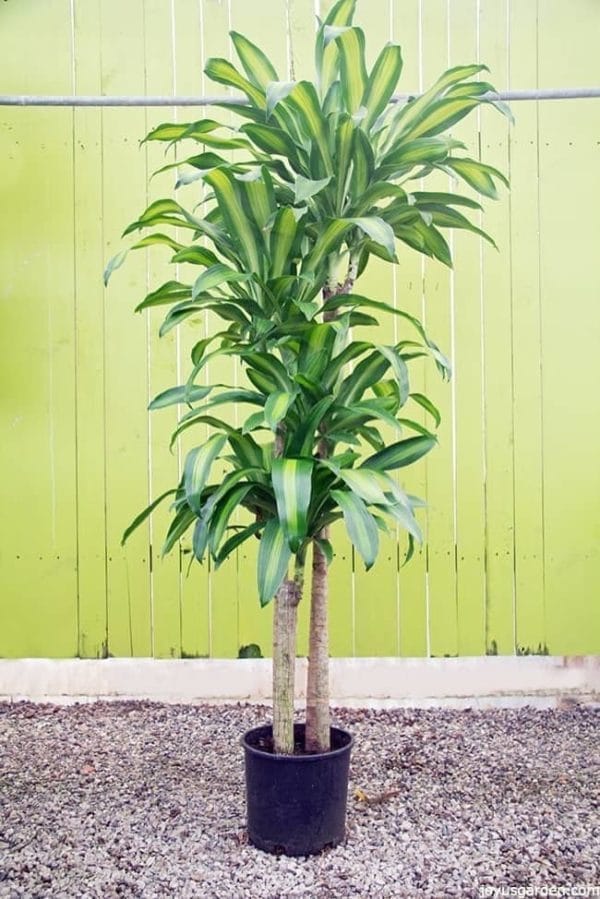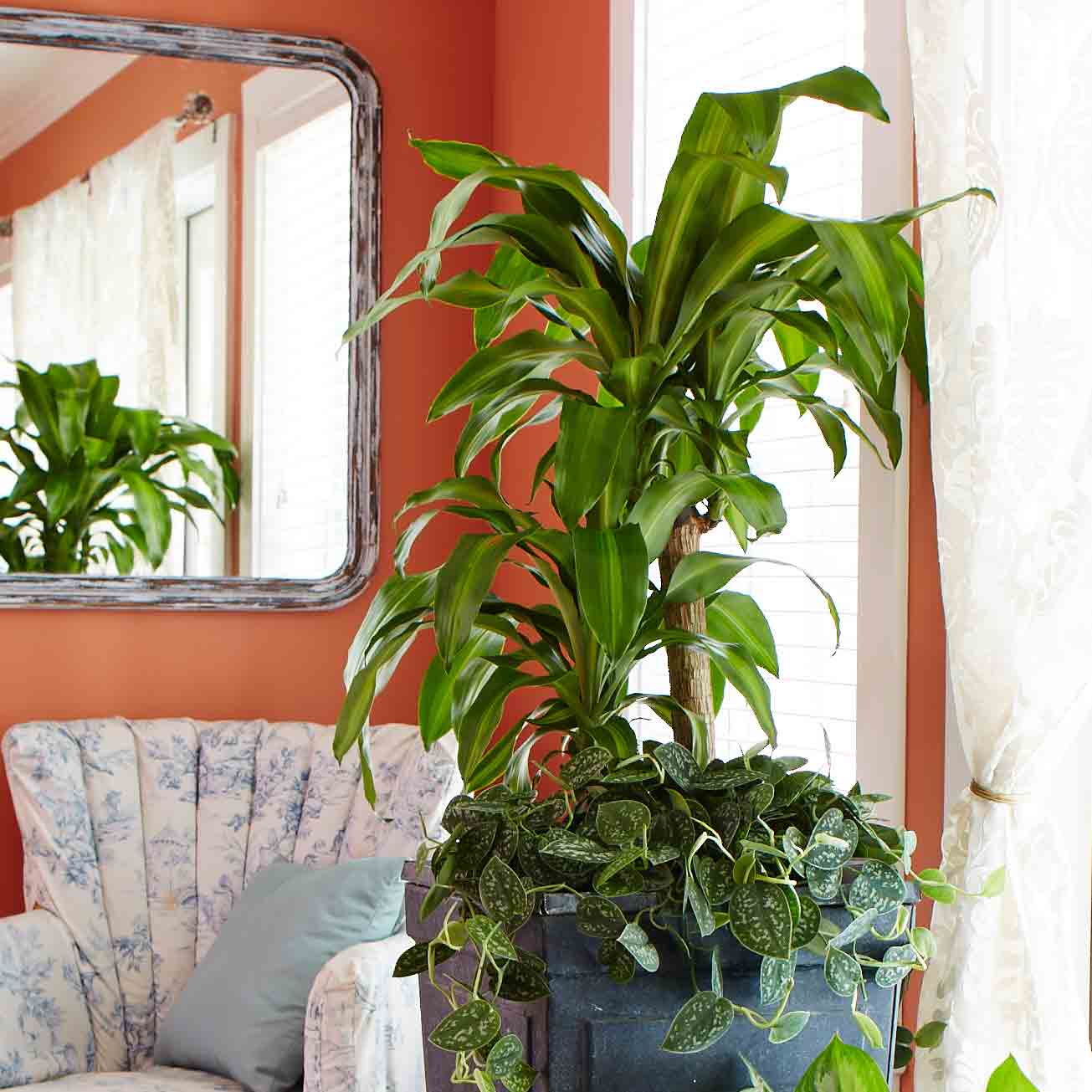How to Choose the Best Low-Light Indoor Plants for Your Interior Design Needs
How to Choose the Best Low-Light Indoor Plants for Your Interior Design Needs
Blog Article
Transform Your Home With Beautiful Low-Light Indoor Plants and Their Advantages
Integrating low-light indoor plants into your home can significantly enhance both the environmental and visual quality of your home. These plants, which flourish in dim conditions, offer not just as ornamental aspects but additionally as natural air purifiers, making them suitable for metropolitan residents or those with restricted sunlight exposure. As we explore the different kinds of low-light plants and their advantages, you may find surprising ways to integrate them right into your home that can transform your surroundings in methods you could not have anticipated.
Advantages of Low-Light Plants
Low-light plants use numerous benefits for interior atmospheres, making them an exceptional selection for both newbie and skilled garden enthusiasts. Among the primary benefits is their adaptability to low-light problems, allowing individuals to improve their living rooms without the demand for considerable sunshine exposure. This characteristic makes them ideal for houses, workplaces, and other areas with restricted all-natural light.

Moreover, integrating low-light plants into home decoration can raise the visual appeal of a room. Their lush foliage and varied structures produce a soothing environment, adding to general well-being. The existence of greenery has actually been linked to lowered tension levels and improved efficiency, making low-light plants a sensible selection for improving both psychological and physical health and wellness in indoor setups.
Top Low-Light Indoor Plants
While several indoor plants flourish in bright light, a number of varieties are specifically appropriate for low-light conditions, making them ideal for different interior spaces. One prominent choice is the Serpent Plant (Sansevieria), known for its striking upright leaves and strength, calling for marginal treatment. An additional superb option is the Pothos (Epipremnum aureum), which includes heart-shaped fallen leaves and can track perfectly from racks or wall mounts, thriving in reduced light and including a lavish touch.
The ZZ Plant (Zamioculcas zamiifolia) is celebrated for its shiny leaves and capacity to hold up against disregard, making it ideal for hectic way of lives. The Tranquility Lily (Spathiphyllum) not just endures low light but also produces spectacular white blooms, boosting any space's visual.
For a special touch, take into consideration the Cast Iron Plant (Aspidistra elatior), which indeed lives up to its name, prospering in the darkest corners of your home. Lastly, the Chinese Evergreen (Aglaonema) supplies a selection of leaf patterns and colors while being extremely forgiving in low-light conditions. These plants not just beautify interior settings but likewise add to air purification, boosting your living area.
Treatment Tips for Low-Light Plants

Watering methods are important; these plants commonly prefer slightly completely dry problems. Overwatering can bring about root rot, so ensure that the leading inch of soil is completely dry prior to watering once more. Use pots with water drainage openings to enable excess dampness to run away.
Moisture is an additional crucial aspect. Many low-light plants, such as brushes and tranquility lilies, gain from higher humidity levels. To increase humidity, take into consideration misting the fallen leaves or positioning a tray of water near the plants.
Fertilization ought to be approached with care. Throughout the expanding period, use a diluted, well balanced liquid fertilizer monthly to support growth, yet stay clear of fertilizing throughout the dormant cold weather.

Innovative Ways to Display Plants
Interior plants can act as exciting centerpieces in any type of space, boosting both aesthetic charm and setting. Imaginative displays can raise the visual influence of low-light plants, making them an essential part of your home decoration. One efficient technique is to utilize tiered plant stands, which allow you to showcase several plants at differing elevations while taking full advantage of flooring area.
Hanging planters are another innovative choice, producing a sense of depth and attracting the eye up. Consider macramé wall mounts or wall-mounted racks to present a distinct texture and style.
For a much more structured technique, use geometric terrariums or glass containers to try this site house your plants, including a modern-day touch to your interior garden. You can additionally repurpose classic items, such as teacups or wood crates, for a diverse display screen that reflects your character.
Enhancing Home Atmosphere With Plants
Incorporating low-light plants right into your home not just enhances aesthetic appeal but additionally contributes dramatically to the general ambiance. These plants work as all-natural style components, presenting a sense of peace that can change any type of area. The visibility of greenery cultivates a soothing environment, which is specifically advantageous in high-stress settings such as home workplaces or living areas.
Low-light plants, such as serpent plants, pothos, and ZZ plants, are not just visually pleasing however also improve indoor air quality by filtering system pollutants. This dual feature enhances the atmosphere further, developing a much healthier space (Best low-light indoor plants). The tactical placement of these plants can also affect the assumption of area; for circumstances, high plants can attract the eye up, making ceilings show up higher and rooms more large
Moreover, varying textures and colors of vegetation include deepness to interior design, permitting innovative expression in home designing. Whether positioned on racks, in edges, or as focal points, low-light plants can boost the mood of any type of area. In recap, integrating these plants into your home is an effective means to promote a warm, welcoming atmosphere while reaping the advantages of boosted air top quality and visual adaptability.
Final Thought
Including low-light indoor plants right into home atmospheres offers numerous benefits, including boosted visual appeal and enhanced air top quality. These resistant plants, such as the Snake Plant and Tranquility Lily, call for marginal light and upkeep, making them ideal for varied lifestyles.
While several indoor plants prosper in intense light, numerous varieties are specifically well-suited for low-light problems, making them suitable for various interior rooms. One reliable approach is to make use of tiered plant stands, which allow you to display multiple plants at differing elevations while maximizing floor area.
Low-light plants, such as snake plants, pothos, and ZZ plants, are not just visually pleasing yet likewise enhance indoor air high quality by filtering system toxins. Best low-light indoor plants. The calculated positioning of these plants can additionally influence the perception of room; for circumstances, high plants can draw the eye upward, making ceilings appear higher and areas a lot more roomy
These durable plants, such as the Serpent Plant and Peace Lily, call for you could try here marginal light and upkeep, making them ideal for varied lifestyles.
Report this page